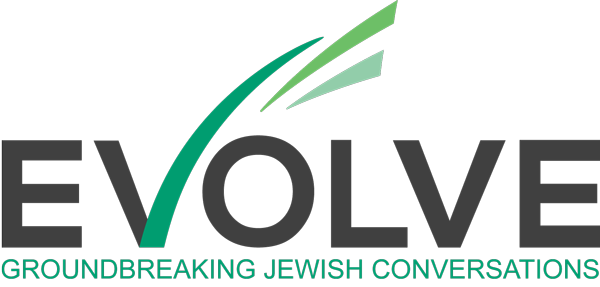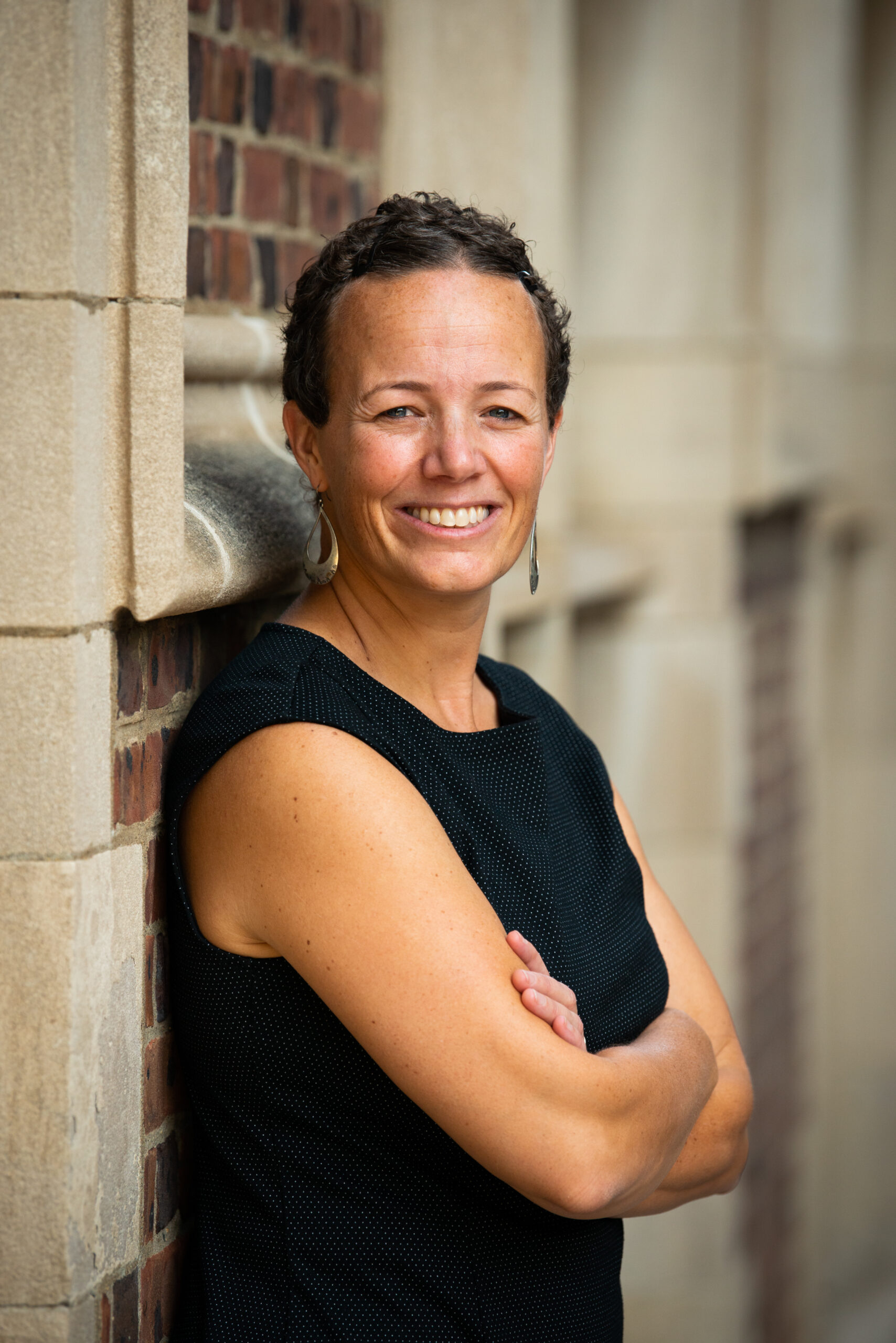Ali Michael unpacks this essay and much more in a wide-ranging conversation on the Evolve podcast:
Over the past 16 months, I have held conversations with educators from pre-K through college about the way the conflict in Gaza has impacted their schools. The themes that started to emerge from these conversations were so unexpected — and so pervasive —that I started to take notes. Two things immediately became crystal clear:
- Everyone’s ideas and feelings were thoughtful, tender, empathetic, fearful, torn and complex; everyone was searching for answers.
- If the people I spoke with had gathered for a group conversation, everything they had in common, despite their differences, would likely never have surfaced.
We need to teach multiple perspectives about Oct. 7, so that people can grasp the depth, the global complexity and the historical relevance of the conflict while understanding the meaning in their own community as well.Theme 4: We need more education. Very few school professionals were experts on Middle East politics prior to Oct. 7. In November, December and the year that followed, they hustled to get up to speed but struggled to identify how to get more education without being fed a political agenda. As one person shared, “online resources and outside agencies would come in and tell us that one side is more important than another.” It has taken months of releasing statements, choosing not to release statements, hosting professional developments or choosing not to do so, and then processing the critiques that emerged in response to realize that there may not be an objective accounting of this conflict. What we have then, are perspectives. When I studied abroad in South Africa in 1998, the University of Cape Town realized that South African history could not be taught with any legitimacy if only one perspective was covered. Eight years after the end of apartheid, consensus about history wasn’t possible. And so each historical event was taught from multiple different perspectives. It will likely take a long time before we are able to learn about or teach about Oct. 7, as well as the following 16 months, from just one perspective. There isn’t one statement that will make everybody feel heard and seen. Instead, we need to teach multiple perspectives, multiple “sides” so that people can grasp the depth, the global complexity and the historical relevance of the conflict while understanding the meaning in their own community and city as well. Theme 5: In their pain, people sometimes forget the larger structures of oppression within which we pre-exist. A Jewish parent asked a Black educator, “Do you know what it’s like to feel your children aren’t safe?” Because she recognized and related to the terror of not being able to protect one’s children, the educator leaned in. But she knew that on another day, this same parent would see the short-sightedness of her own question. Educators who leaned towards supporting Israel hesitated to share their support publicly because they feared that they couldn’t explain their support sufficiently for others to understand. Some of those with whom I spoke who supported Israel and disagreed with the Israeli government nevertheless felt an emotional connection to Israel and to people who they loved who lived there. Israel was important to them as a homeland for Jewish people. They feared that their colleagues would misunderstand them, shame them or exclude them if they said what they really felt. Mostly, they felt sad and isolated from the people around them. Some people shared that they could see that their Muslim and Palestinian students were getting less support from the school than their Jewish students. Terrified as they were, Jewish families were able to give voice to their terror, to ask for support. Muslim and Palestinian families felt afraid to speak up publicly in their school communities or to demand services from the institution. Educators who leaned towards supporting Palestine felt that they would lose their jobs if they stated their support publicly. One person shared that her father told her that as a Muslim, she could get killed for supporting Palestinians publicly. Others did watch co-workers lose their jobs for the same reason. Mostly, they found spaces outside of school to share collective grief and express their views. In another case, White people identifying as antiracist declared it racist to support Israel, raising the frustration of many People of Color in the same school, who felt it was an unhelpful and un-nuanced conflation, which ignored very real and unrelated local issues of racism. Educators used words like “frozen over,” “imploded” and “underground” to describe the atmospheres they experienced at school. Overwhelmingly, I heard from educators who wanted all of their students to feel safe, to feel valued, to be protected to practice their religion, to be protected to be themselves. Theme 6: Educators seek personal integrity despite their individual political insignificance. Educators recognized that even if they were to declare a personal position, and even if their institution were to take a stand for one “side” or another, it likely wouldn’t change the course of the conflict. And yet, it mattered to people to have a position. This seemed to be less the result of external pressure to choose a side (which also existed, as we’ve explored), but more the result of a desire to stand in one’s personal integrity, holding fast to one’s values. People sought the human way to respond. They desired to take a position or to learn more as a means of resisting naiveté or manipulation. They wanted to take decisive action without being hypocritical. They wanted to hold a personal truth without letting that truth obscure their vision of others’ truths. Theme 7: Communities cannot be places that require 100% agreement. Some educators felt two competing priorities: speaking up about injustice while giving students and families a place to air their fear and anxiety. They also realized that the words that are reaffirming for some are hurtful to others. If you are being critiqued from two opposing groups, you might be walking a narrow line that lies between the two. Where a community stands on the conflict is not one point on a line. More commonly, it is a range, a spectrum in which there will always be outliers. A community could choose to remove the outliers (ostracize, alienate, ignore), but the new range will still be a spectrum — not a point. On the new spectrum, there will still be outliers. We can’t cut people out of our institutions (or our lives) simply because they’re not 100% aligned with the mainstream viewpoint. And we can’t let others in our community — in their grief and fear, which often looks a whole lot like anger — make that demand. When we do that, we simply narrow the spectrum of belonging. There will still people who don’t belong. Do we keep cutting people out until we are a community of one? When talking to the community, all messages will be more likely to land if they are rooted in a larger shared purpose and mission that community members have fidelity to. Theme 8: Educators want to protect their students. Educators want to protect their Jewish students from antisemitism. Educators want to protect their Muslim students from Islamophobia. Educators want to protect Palestinian students from ethnocentrism. Educators want to protect their Israeli students from anti-Israel sentiment that is about their government, not about them as individuals. What else is there to say? I met an educator who has been committed to Palestine rights their entire adult life. But when Israeli students moved into their classroom after Oct. 7, seeking a safe place away from Israel, that educator embraced and supported those individual students and their families, committing themselves to building a network of support for their traumatized students. I met Jewish educators, raised with an unquestioning allegiance to Israel, who cried together with their Palestinian students because both felt so much grief for a region they both saw as a homeland, and both struggled to find people who understood. The educators I have met have strong ideological commitments. That is why they teach. They are people of moral principal and commitment to humanity. They long to take a stand because they believe in the power of the individual to stand up and make their voice heard. And yet, as educators, they put the psychological and physical safety of each of their students first.
When we fight about this in our local schools and communities, we do so because we are responding to one another as if our lives are at stake. This kind of panicked energy stops us from being able to hear one another.Theme 9: Everyone wants to have a solution, because that’s what ends this. Everyone wants a solution yesterday. That’s what facilitates peace. That’s what stops the killing. A solution would settle the fight, flight, freeze response that unsettles us all. But no one I talked to really has a solution. Many despaired that they fear there isn’t one. In our institutions, we need to sit together with the frustration that we are not in charge, and that we are unlikely to solve the conflict no matter how perfect our statement or how determined our viewpoint. The fight, flight, freeze reaction that many of us experience demands simple, fast solutions. Sitting with messiness is a practice of building tolerance for uncertainty. It is a skill we can build for relating to one another amid the anguish we experience when we realize that we cannot end this thing right now by being righteous enough or sad enough or angry enough. In order to build our capacity to sit with messiness, we must be able to ground ourselves. One method of grounding includes co-regulating by giving and receiving genuine empathy. Empathy does not mean agreement. Remember that this is conflict is global, but it is waged locally. People all over the world are grieving. Only some people’s lives are at stake. When we fight about this in our local schools and communities, we do so because we are responding to one another as if our lives are at stake. This kind of panicked energy stops us from being able to hear one another. If, in the very moment of the conversation, our lives are not literally being threatened, it can be helpful to remind ourselves that. We can support those whose lives actually are at stake by grounding ourselves in our own immediate reality and moving away from automatic panicked reactions.
Sitting with messiness is a practice of building tolerance for uncertainty. We cannot end this thing right now by being righteous enough or sad enough or angry enough.Ask some people, and they will tell you the situation is complex. Ask others, and they will tell you it’s simple. When I asked a wise mentor what he thought, he responded, “Parts of it are complex. Parts of it are simple.” Practices for healing as we move forward Here are some strategies for engagement to keep in mind:
- Practice peace.
- Seeing people as three-dimensional.
- Remembering that most of your conversations and local actions will not change the conflict, but will have a big impact on the people around you in terms of their willingness to learn about it and engage with it.
- Multi-perspectival education for yourself and others.
- Resisting slogans that simplify complex emotions and experiences.
- Ask for consent to talk about the conflict.
- Create opportunities to talk.
- Build relationships.
- Apply pre-existing community norms.
- Help educators continue to educate themselves.








One Response
Absolutely the Best essay I have read on the complexities of the horrible mid East conflicts and how much we have collectively struggled to learn, relate to others, navigate our emotions and hold space for the side spectrum of points, positions, parts and emotions that whirl in us not just post October 7 but on generational and collective levels in a wide range of contexts. Thank you so much for this clear, compassionate and pragmatic wisdom 🙏🏻💎💙✨